Nostalgic America
21 Of The Greatest Sports Moments & Rivalries Of The 20th Century
By Bruce Berns · November 14, 2024
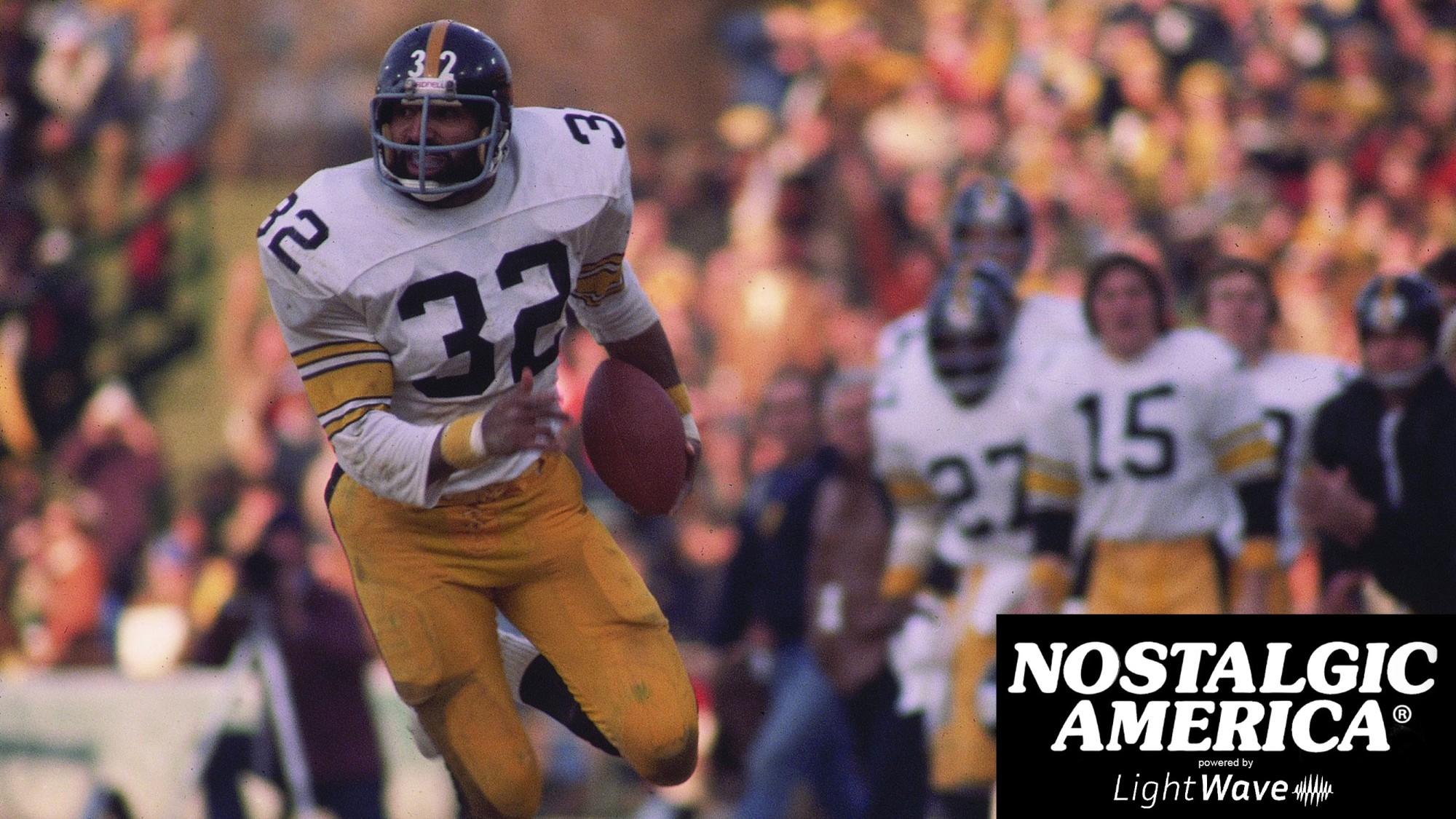
From Billie Jean King's revolutionary "Battle of the Sexes" to Muhammad Ali's epic battles with Joe Frazier, these moments represent more than just athletic achievement—they embody the human spirit's capacity for greatness.
This collection of twenty historic sports moments captures the essence of competition, innovation, and social change, featuring legendary athletes who not only excelled in their respective fields but also changed how we view sports and society.
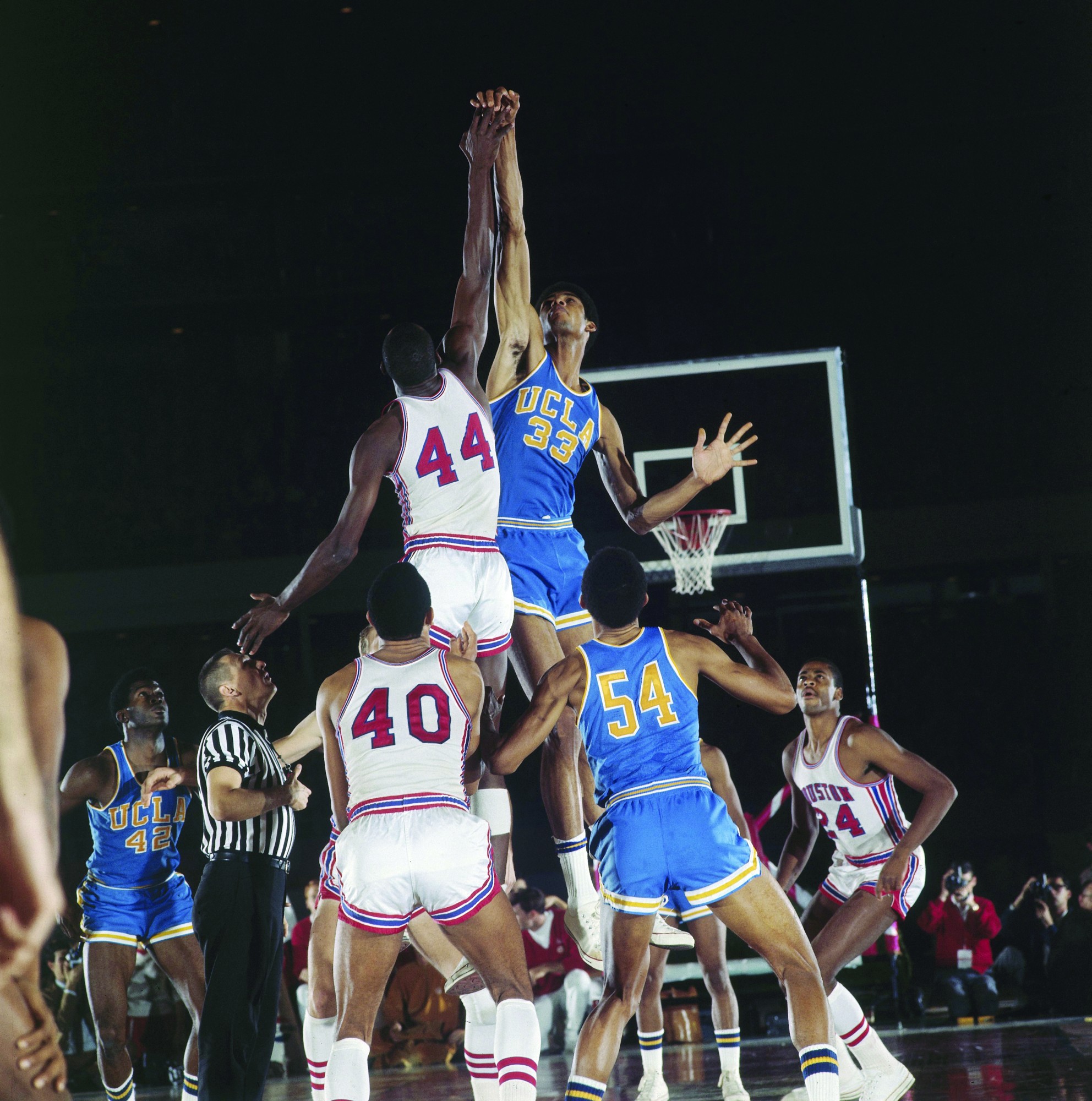
UCLA vs. Houston Basketball Game in the Astrodome
The 1968 showdown between UCLA and Houston, dubbed the "Game of the Century," was a landmark event in college basketball history.The 1968 showdown was played in the Houston Astrodome before a crowd of over 52,000 - the largest ever for a basketball game at the time - it marked the first nationally televised regular-season college game. UCLA, led by the legendary Kareem Abdul-Jabbar (then Lew Alcindor), faced Houston and its star Elvin Hayes. Houston won 71-69, ending UCLA’s 47-game winning streak. This game not only showcased intense competition but also propelled college basketball into the national spotlight, elevating its popularity across the country. Getty Images / Nostalgic America, Inc.
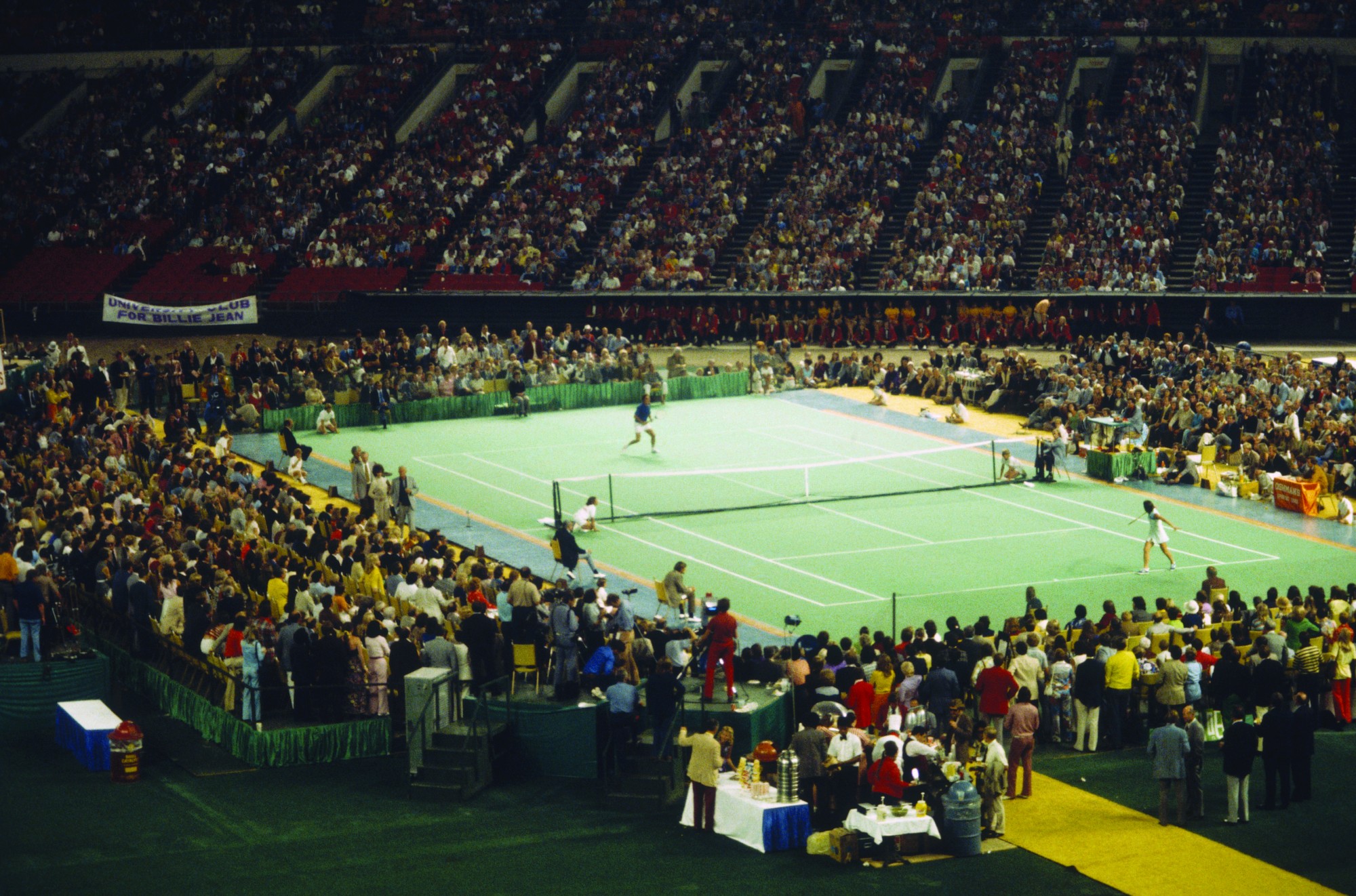
Billie Jean King and Bobby Riggs Battle of the Sexes in 1973
The 1973 “Battle of the Sexes” tennis match between Billie Jean King and Bobby Riggs was a landmark event in sports and gender equality. Riggs, a former world No. 1, boasted that even at 55, he could defeat any top female player. King, a fierce advocate for women’s sports, accepted the challenge and played under immense pressure. Before an audience of 90 million viewers, she triumphed in straight sets (6-4, 6-3, 6-3). The victory symbolized the capabilities of female athletes and helped advance the cause of gender equality in sports, solidifying King’s legacy as a trailblazer for women’s rights. Getty Images / Nostalgic America, Inc.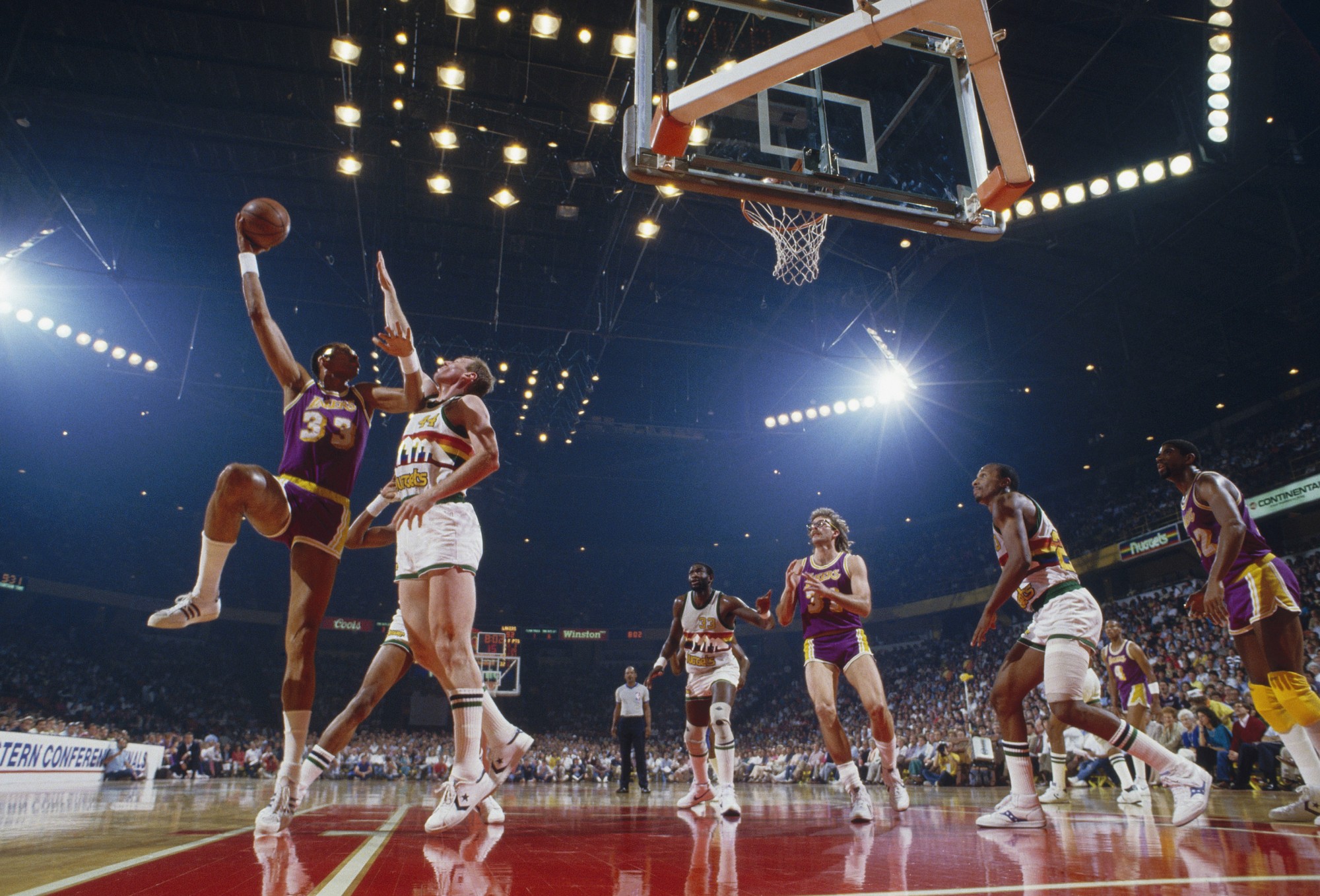
Kareem Abdul-Jabbar LA Lakers star
Kareem Abdul-Jabbar, born Lew Alcindor, is one of the most dominant basketball players in NBA history. His time with the Los Angeles Lakers (1975-1989) was marked by remarkable achievements, including six MVP awards and five NBA championships. Known for his signature skyhook shot, Kareem became the all-time leading scorer in NBA history. He was a cornerstone of the Lakers' “Showtime” era, contributing to their fast-paced, entertaining style of play. Beyond basketball, Abdul-Jabbar is an author, activist, and cultural icon, using his platform to advocate for social justice and inspire generations with his leadership on and off the court. Getty Images / Nostalgic America, Inc.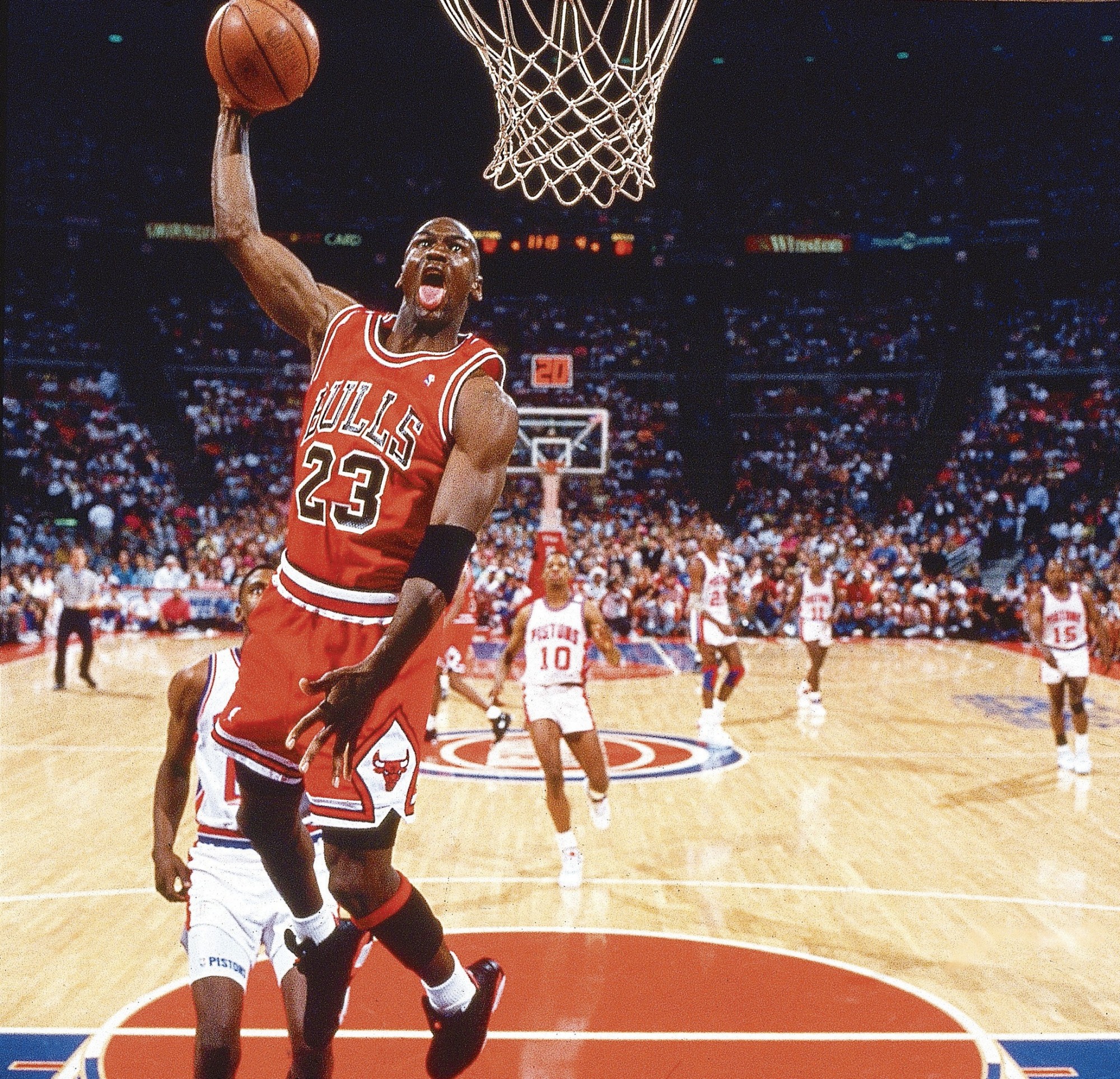
Michael Jordan Chicago Bulls Icon
Michael Jordan, often regarded as the greatest basketball player of all time, defined an era with the Chicago Bulls. His career included six NBA championships (1991-1993, 1996-1998), earning Finals MVP in each. Jordan’s unmatched competitive drive, athleticism, and scoring prowess made him a global icon. Known for his clutch performances, such as "The Shot" against Cleveland and his legendary Flu Game, Jordan transformed the Bulls into a dynasty and elevated the NBA’s global popularity. Off the court, his brand partnerships and Space Jam film further cemented his legacy as a transcendent figure in sports and popular culture. Getty Images / Nostalgic America, Inc.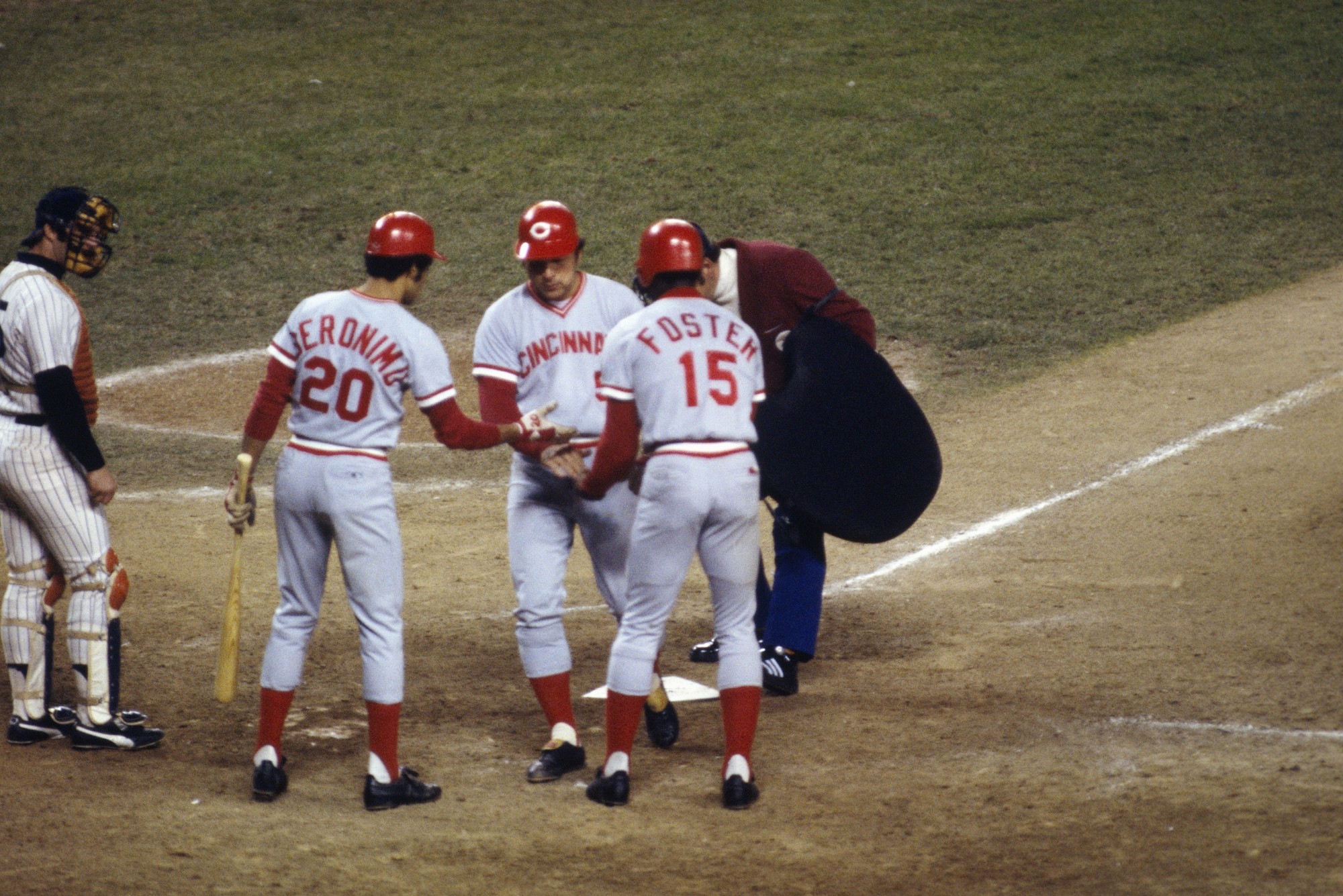
The Big Red Machine in 1976
The 1976 Cincinnati Reds, known as the “Big Red Machine,” are considered one of the greatest baseball teams in history. Managed by Sparky Anderson, they featured stars like Johnny Bench, Joe Morgan, Pete Rose, and Tony Pérez. Dominating the National League, the Reds won the World Series by sweeping the New York Yankees in four games. Their powerful lineup and strong pitching staff secured their second consecutive championship and solidified their legacy as a team of unmatched talent and chemistry. The 1976 season exemplified the peak of the Reds’ era, characterized by relentless offense and strategic mastery. Getty Images / Nostalgic America, Inc.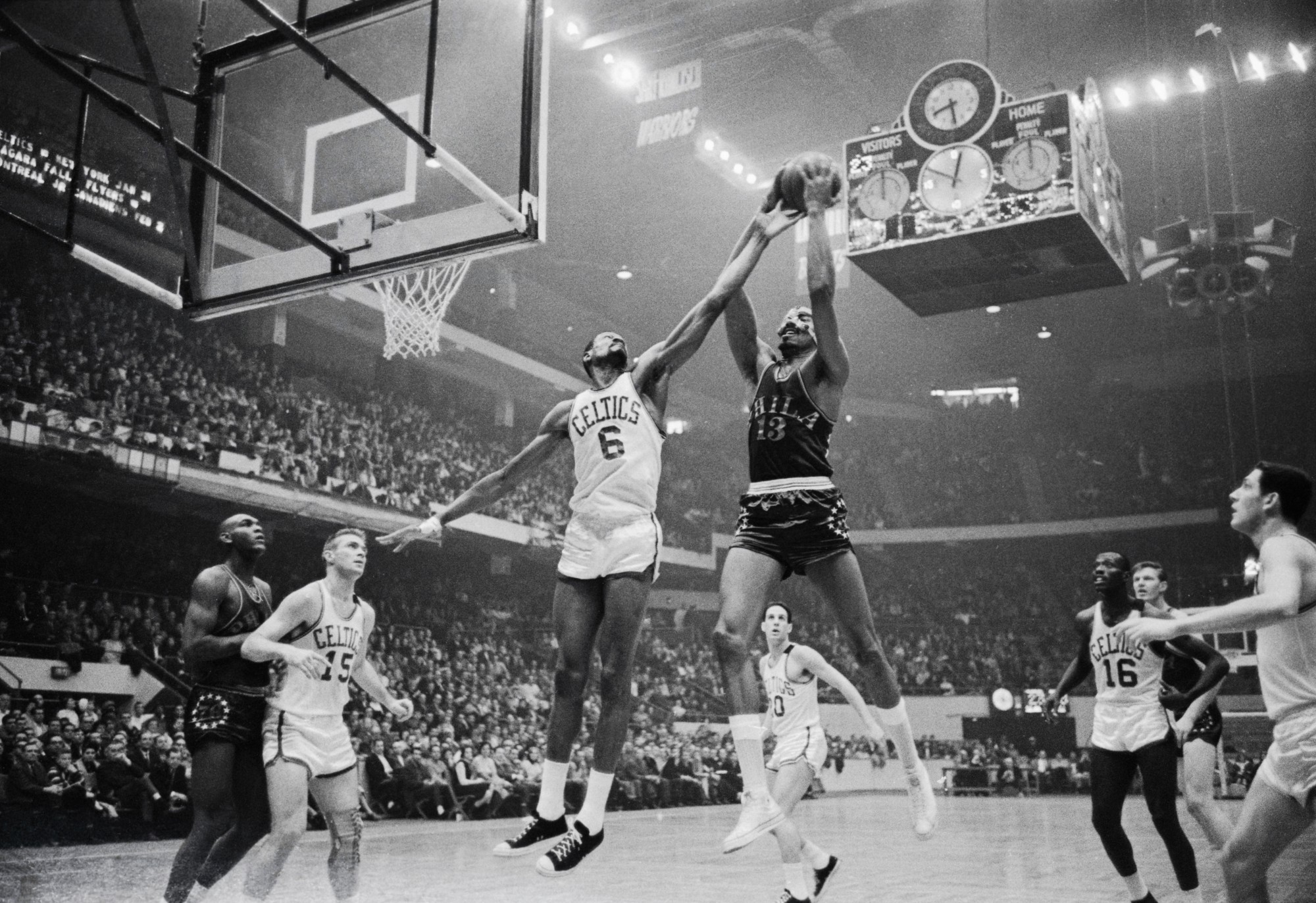
The Epic Bill Russell and Wilt Chamberlain Battles
The rivalry between Bill Russell and Wilt Chamberlain defined an era of basketball in the 1950s and 60s. Russell, known for his defensive prowess and leadership, led the Boston Celtics to 11 NBA titles, while Chamberlain, renowned for his scoring feats and athleticism, set numerous records, including a 100-point game. Their battles, including epic showdowns in the NBA Finals, were more than individual matchups—they highlighted contrasting styles: Russell’s team-first mentality versus Chamberlain’s dominant, individualistic play. Their duels captivated fans and set a benchmark for future greats, showcasing the intensity and strategic depth of classic NBA competition. Getty Images / Nostalgic America, Inc.
The Epic Larry Bird and Magic Johnson Battles in the NBA
Larry Bird and Magic Johnson’s rivalry in the 1980s revitalized the NBA, propelling the league to new heights of popularity. Bird, representing the Boston Celtics, and Magic, playing for the Los Angeles Lakers, faced off in three NBA Finals (1984, 1985, 1987). Their contrasting styles—Bird’s gritty, sharpshooting precision versus Magic’s charismatic, fast-paced playmaking—fueled an iconic rivalry. Both won three MVPs during their careers and were instrumental in leading their teams to multiple championships. Their competition transcended basketball, enhancing the Lakers-Celtics rivalry and laying the foundation for the modern NBA’s growth and global reach. Getty Images / Nostalgic America, Inc.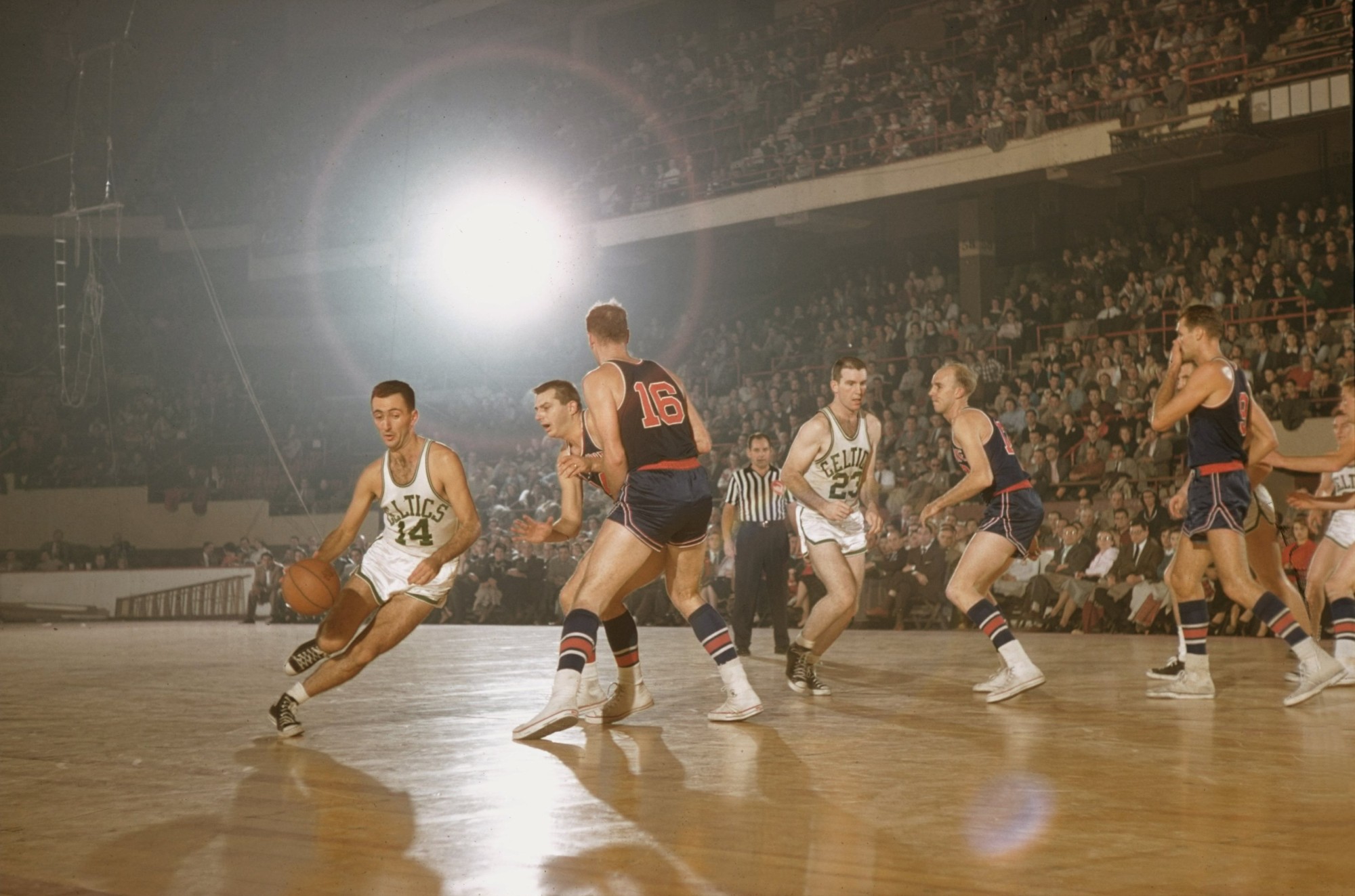
Bob Cousy of the Boston Celtics
Bob Cousy, known as “The Houdini of the Hardwood,” was a pioneer of modern point guard play in the NBA. Playing for the Boston Celtics from 1950 to 1963, Cousy dazzled fans with his innovative ball-handling, passing skills, and court vision. He was a six-time NBA champion and a 13-time All-Star, defining the role of a playmaker who could control the tempo of the game. His contributions were key to establishing the Celtics’ dynasty and laid the groundwork for future generations of guards. Cousy’s influence endures, as he helped shape the fast-paced, team-oriented style prevalent in today’s game. Getty Images / Nostalgic America, Inc.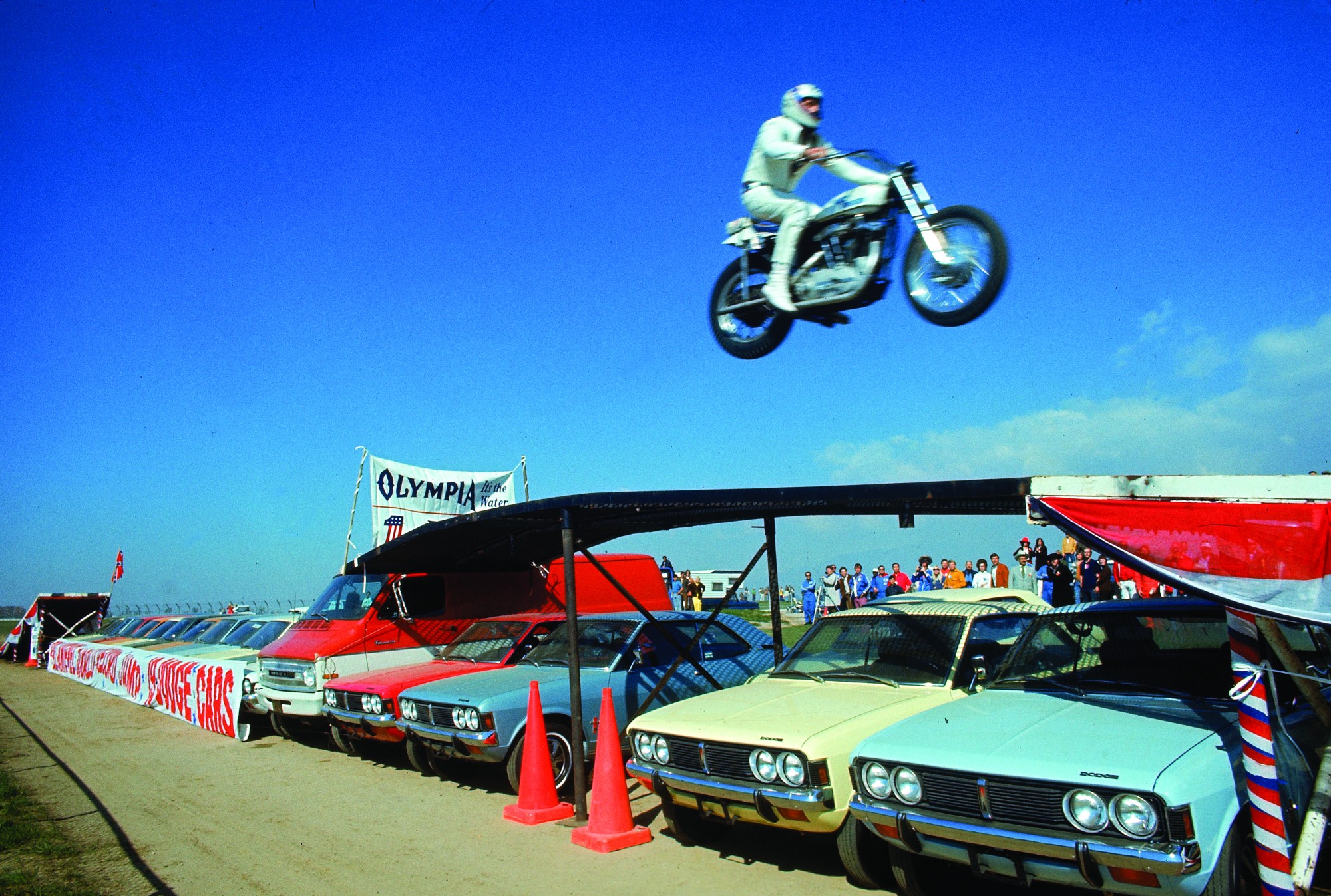
Evel Knievel
Evel Knievel was an American daredevil and stunt performer known for his death-defying motorcycle jumps and showmanship. In the 1960s and 70s, Knievel became a cultural icon with high-profile stunts, including his famous attempt to jump the Snake River Canyon in 1974. His career included over 75 ramp-to-ramp motorcycle jumps, captivating millions with televised events filled with drama and risk. Despite suffering numerous injuries, Knievel’s bold persona symbolized fearlessness and resilience. His legacy persists in the world of extreme sports and popular culture, where he is remembered as a trailblazer who pushed the boundaries of what was possible. Getty Images / Nostalgic America, Inc.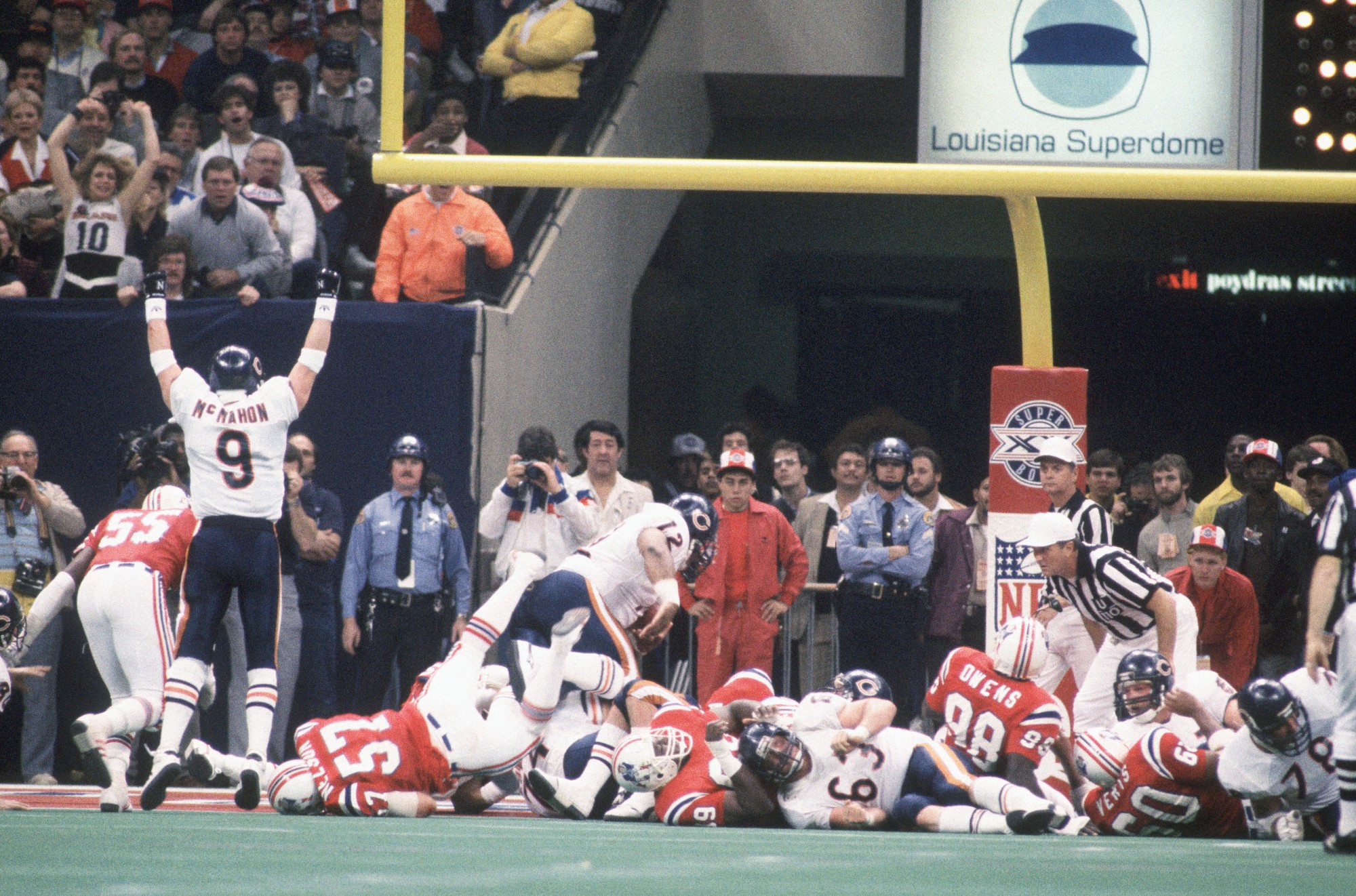
Fridge Scores Touchdown in Chicago Bears 1986 Super Bowl Win
William “The Refrigerator” Perry became a Super Bowl legend when he scored a one-yard rushing touchdown in Super Bowl XX in 1986. The Chicago Bears, led by coach Mike Ditka, defeated the New England Patriots 46-10. Perry, a 300-pound defensive lineman, was used as a running back in a goal-line play, creating an unforgettable moment. His touchdown symbolized the Bears’ dominance and creativity that season, and Perry’s unique play added to the team’s mystique and popularity. The 1985 Bears are remembered for their formidable defense, known as the “Monsters of the Midway,” and their vibrant team personality. Getty Images / Nostalgic America, Inc.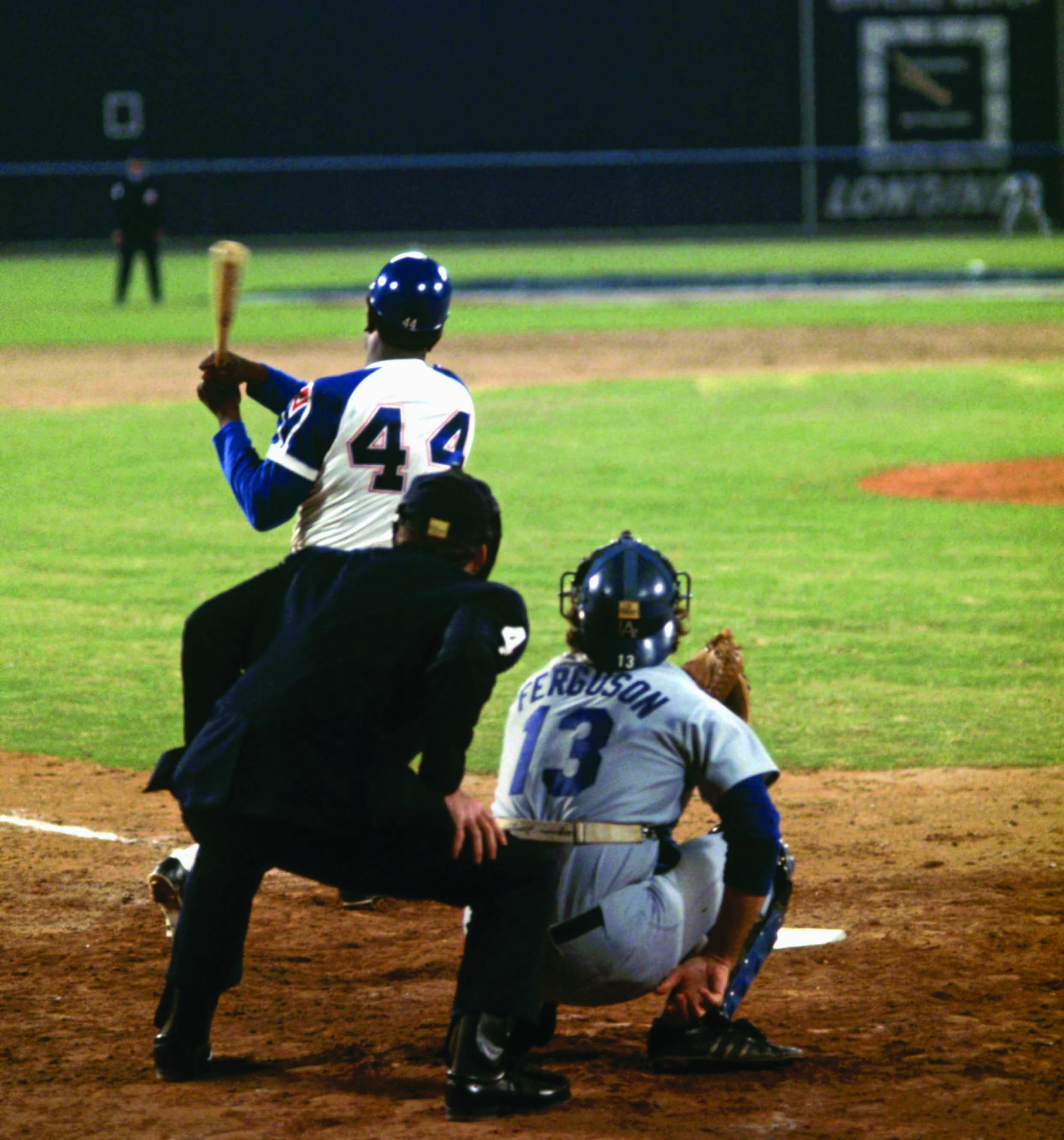
Hank Aaron Hits Number 715 in Atlanta
On April 8, 1974, Hank Aaron broke Babe Ruth’s longstanding home run record by hitting his 715th home run in Atlanta’s Fulton County Stadium. Facing Dodgers pitcher Al Downing, Aaron sent the ball over the left-field fence, solidifying his place in baseball history. The moment was monumental, transcending sports as Aaron endured intense racial pressure and hate mail throughout his pursuit of the record. His achievement represented perseverance and grace under immense scrutiny. Aaron finished his career with 755 home runs and is remembered as one of baseball’s greatest players and a symbol of dignity and resilience. Getty Images / Nostalgic America, Inc.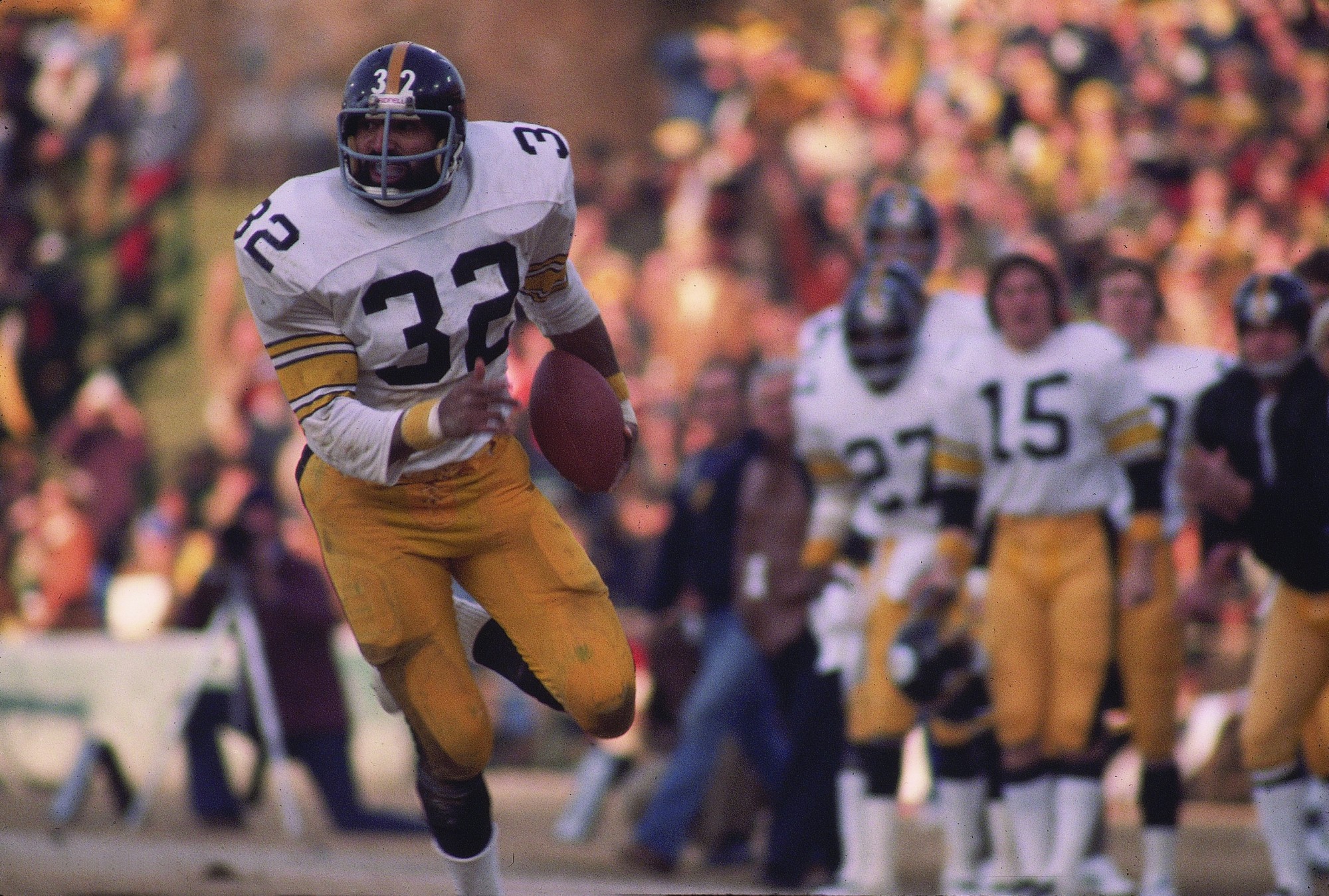
Franco Harris Immaculate Reception in 1972
The “Immaculate Reception” is one of the most famous plays in NFL history. On December 23, 1972, during a playoff game between the Pittsburgh Steelers and the Oakland Raiders, Steelers running back Franco Harris caught a deflected pass inches from the ground and ran it into the end zone for a game-winning touchdown. The miraculous play occurred in the final moments, securing a 13-7 victory for Pittsburgh. It marked the Steelers' first playoff win and ignited their dynasty throughout the 1970s. Harris’s improbable catch has since become an iconic moment, celebrated for its drama and controversy. Getty Images / Nostalgic America, Inc.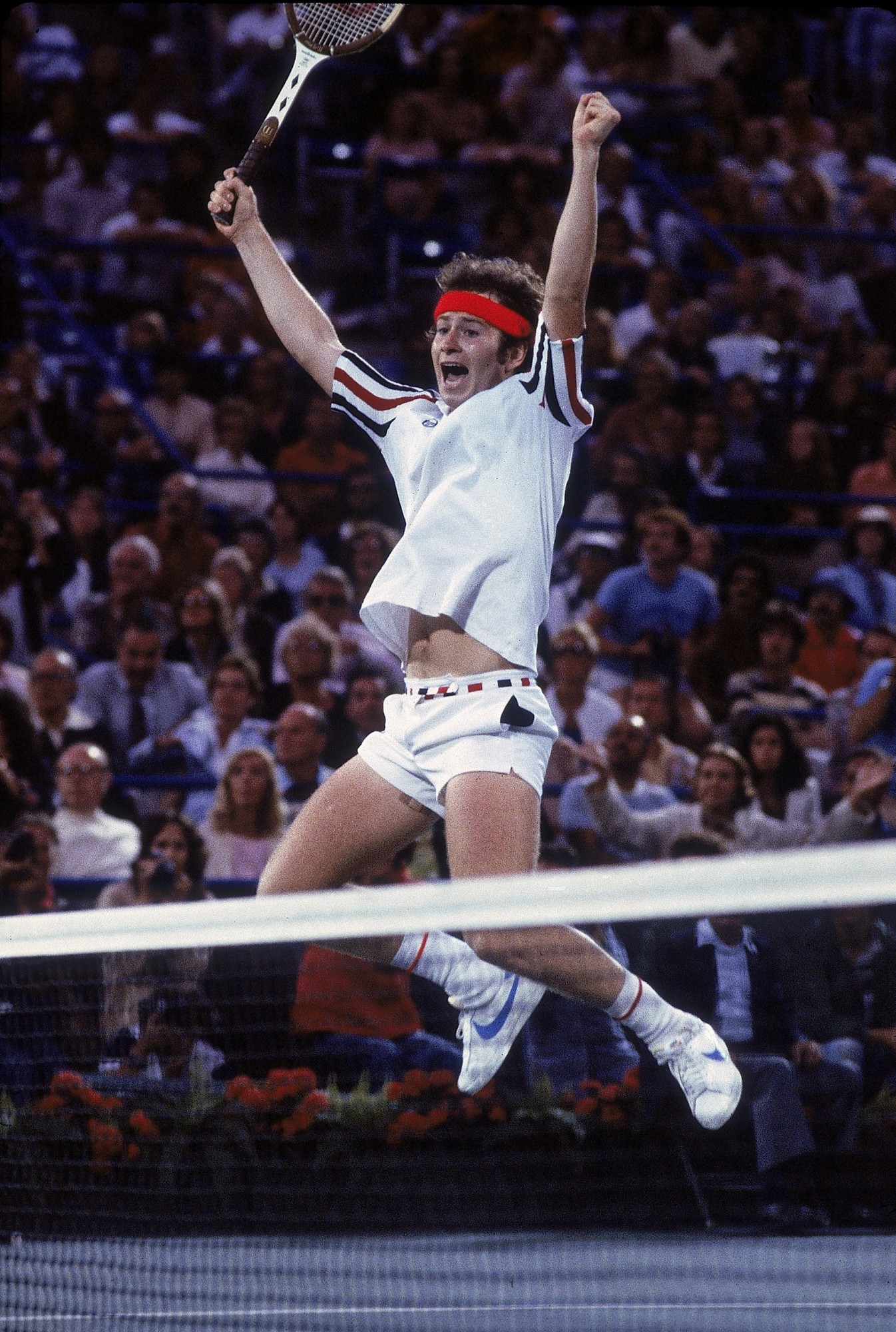
John McEnroe at the US Open
John McEnroe was known for his fiery temperament and incredible tennis talent, particularly showcased at the US Open. Winning four titles between 1979 and 1984, McEnroe’s aggressive play and intense rivalries with players like Björn Borg captivated audiences. His famous outbursts, such as the iconic “You cannot be serious!” line, became part of his persona. Despite his contentious behavior, McEnroe’s skill, artistry, and competitive spirit made him a fan favorite and an influential figure in tennis. His contributions helped increase the sport’s visibility, making the US Open a premier showcase for dramatic and high-level tennis. Getty Images / Nostalgic America, Inc.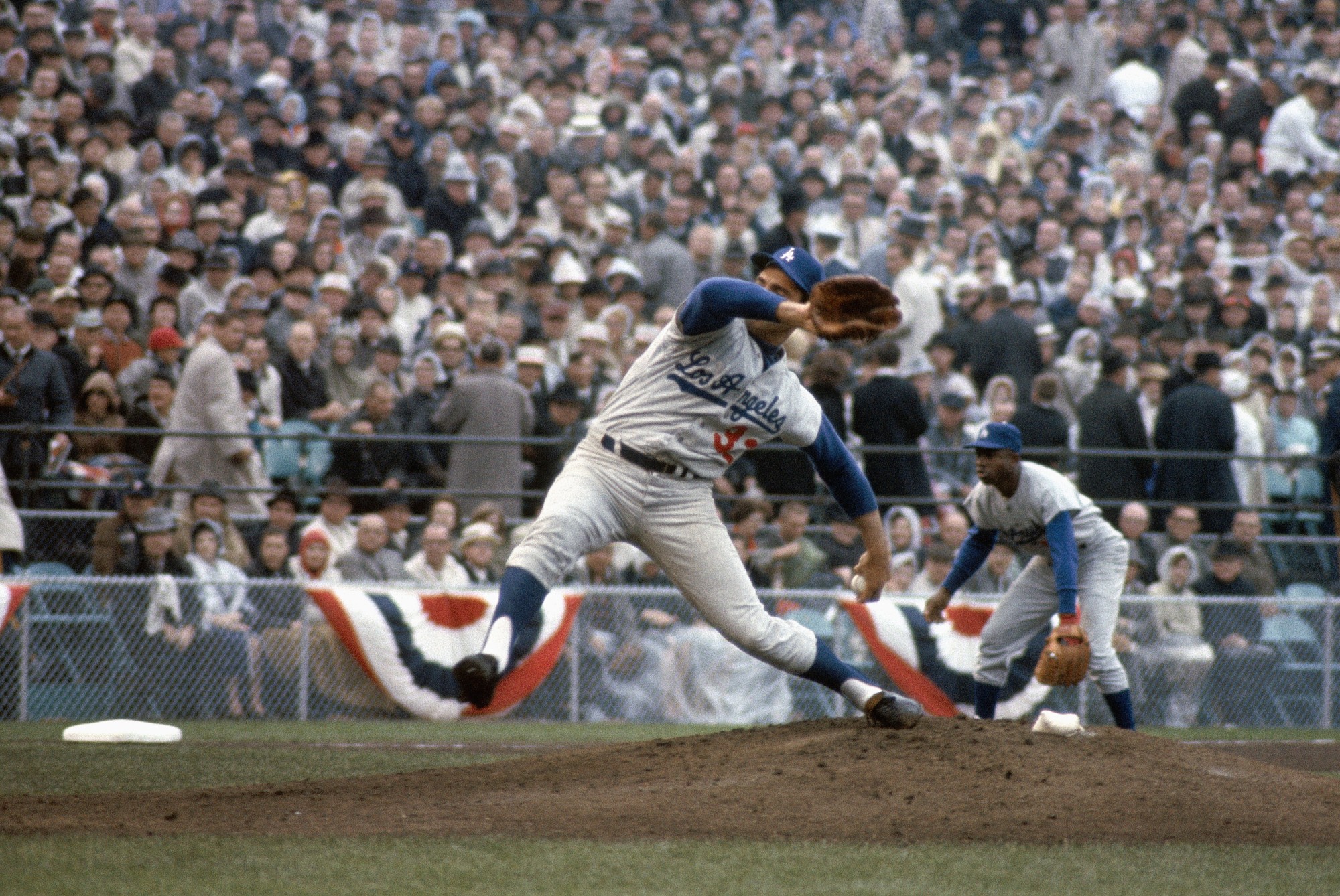
Sandy Koufax in 1965 World Series
Sandy Koufax’s performance in the 1965 World Series is legendary. Playing for the Los Angeles Dodgers against the Minnesota Twins, Koufax famously refused to pitch Game 1 in observance of Yom Kippur, demonstrating his dedication to his faith. He returned in Game 5, delivering a shutout, and pitched Game 7 on just two days’ rest. In Game 7, Koufax secured a complete-game shutout, leading the Dodgers to a 2-0 victory and clinching the championship. His poise, precision, and dominance earned him the Series MVP and bolstered his legacy as one of baseball’s greatest pitchers, revered for his remarkable skill and character. Getty Images / Nostalgic America, Inc.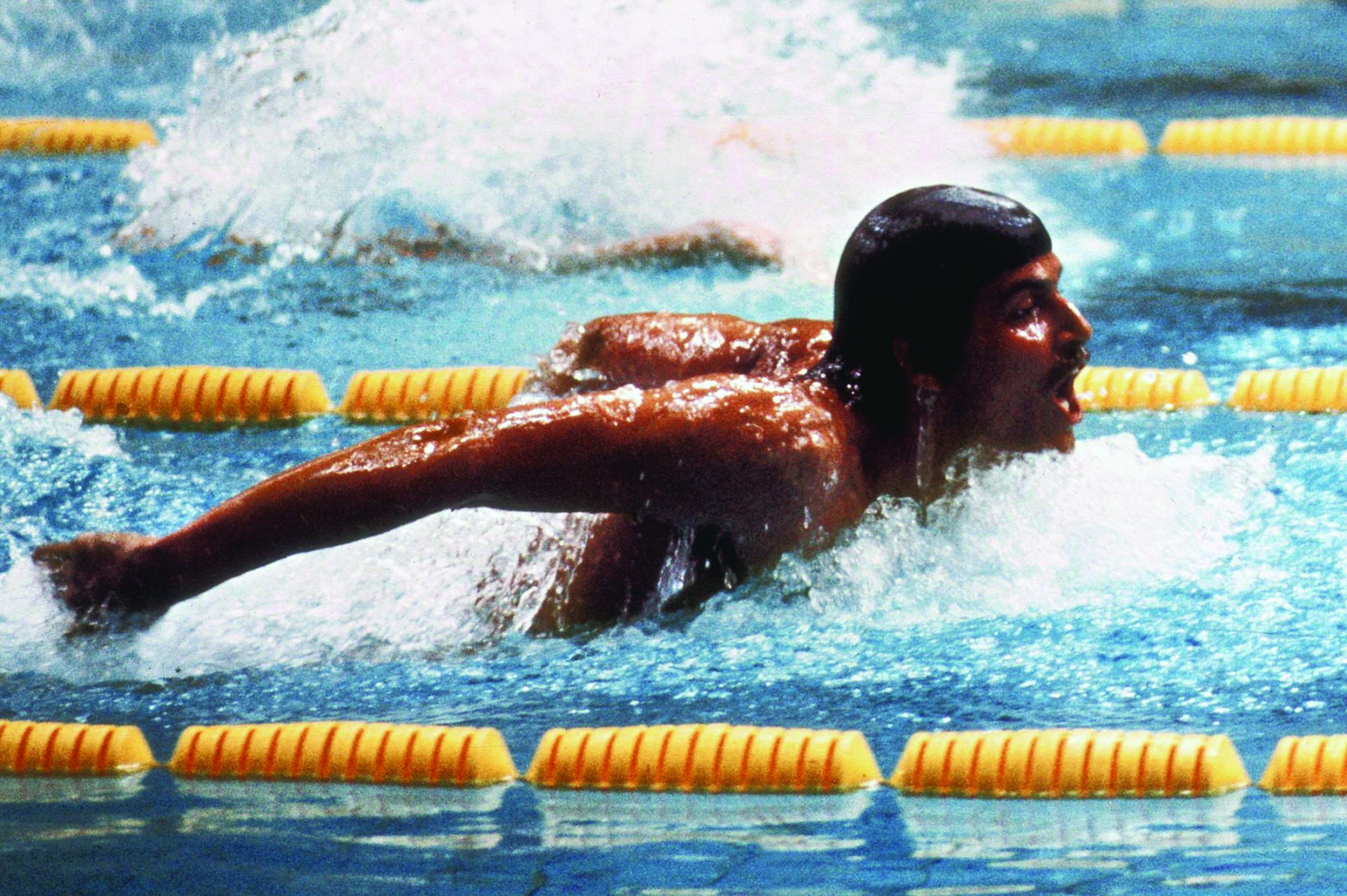
Mark Spitz Wins 7 Olympic Gold Medals
Mark Spitz cemented his place in Olympic history at the 1972 Munich Games, winning an unprecedented seven gold medals in swimming—all in world-record time. His achievement made him a global icon and set a standard for Olympic excellence that lasted for decades until surpassed by Michael Phelps in 2008. Spitz’s performances in events like the 100m and 200m freestyle and butterfly demonstrated his versatility and dominance in the pool. His signature mustache and confidence became symbols of his era, and his accomplishments helped elevate the profile of competitive swimming on an international scale. Getty Images / Nostalgic America, Inc.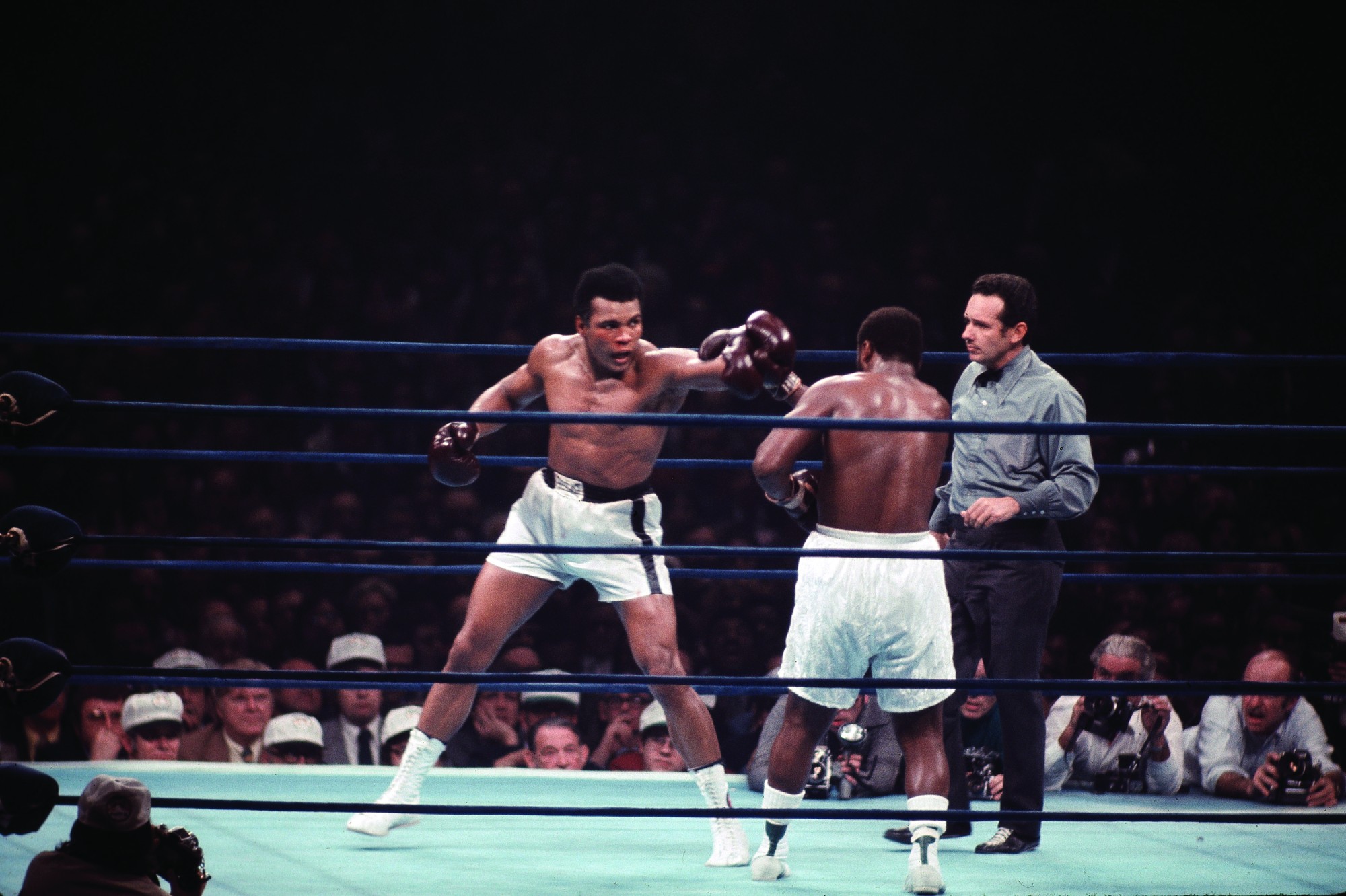
Muhammad Ali vs. Joe Frazier
The rivalry between Muhammad Ali and Joe Frazier is one of the most famous in boxing history. Their trilogy began with the "Fight of the Century" in 1971, where Frazier defeated Ali in a grueling 15-round battle. Ali won the rematch in 1974, setting the stage for their climactic showdown, the "Thrilla in Manila" (1975). This brutal contest, marked by relentless exchanges, pushed both fighters to their physical limits before Ali won by technical knockout. The fights were not only sporting events but cultural phenomena, representing themes of perseverance, rivalry, and respect. Their battles elevated boxing and solidified their legacies. Getty Images / Nostalgic America, Inc.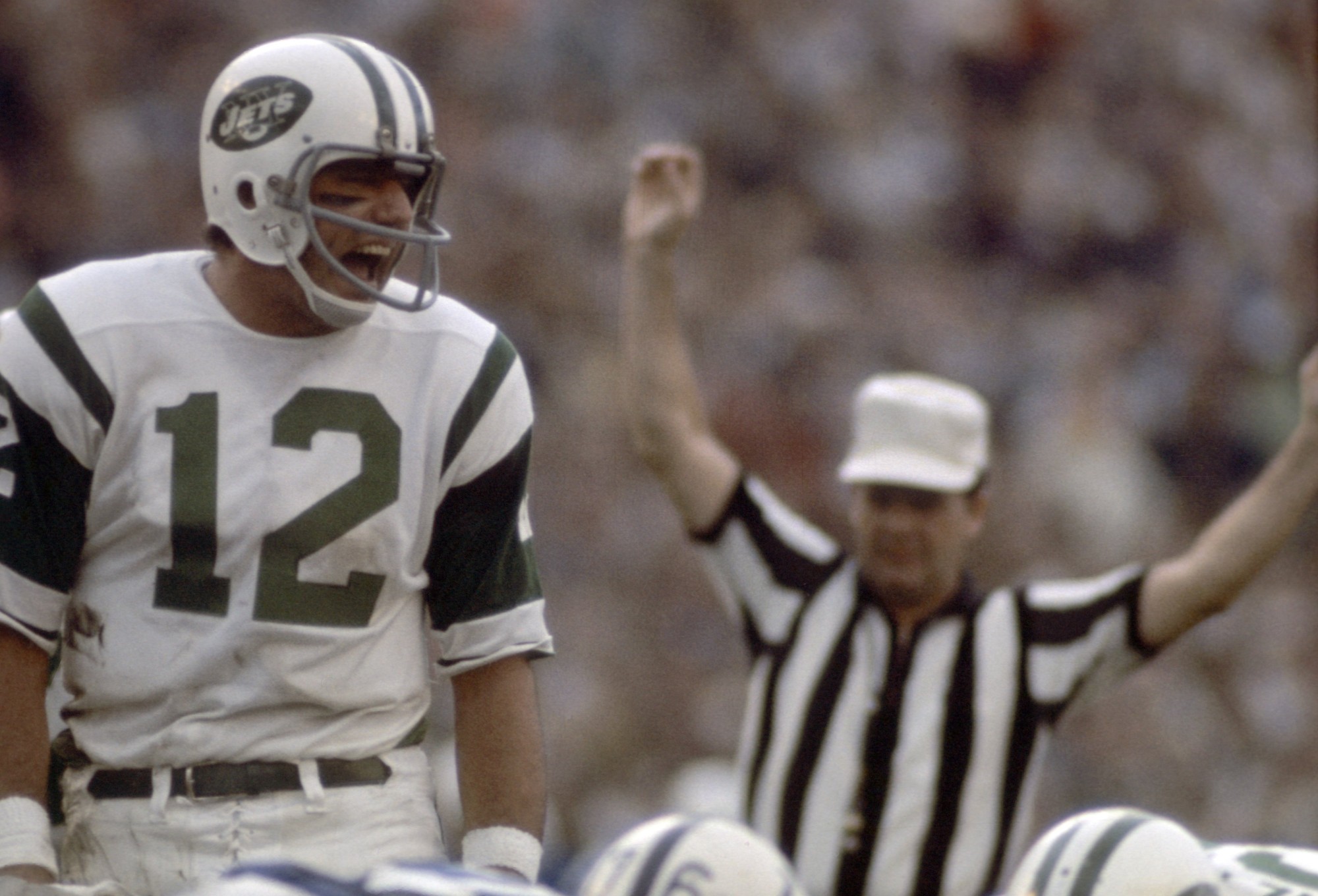
Joe Namath Guarantees Vistory in Super Bowl III
Joe Namath guaranteed the underdog New York Jets’ victory over the heavily favored Baltimore Colts in Super Bowl III (1969), a statement that shocked the sports world. Namath backed up his bold prediction with an exceptional performance, leading the Jets to a 16-7 win and securing the first Super Bowl victory for the American Football League (AFL). His confident, flamboyant persona and impressive passing skills made him a cultural icon. Namath’s guarantee and subsequent win changed perceptions of the AFL, proving its competitiveness with the NFL and paving the way for the eventual AFL-NFL merger. Getty Images / Nostalgic America, Inc.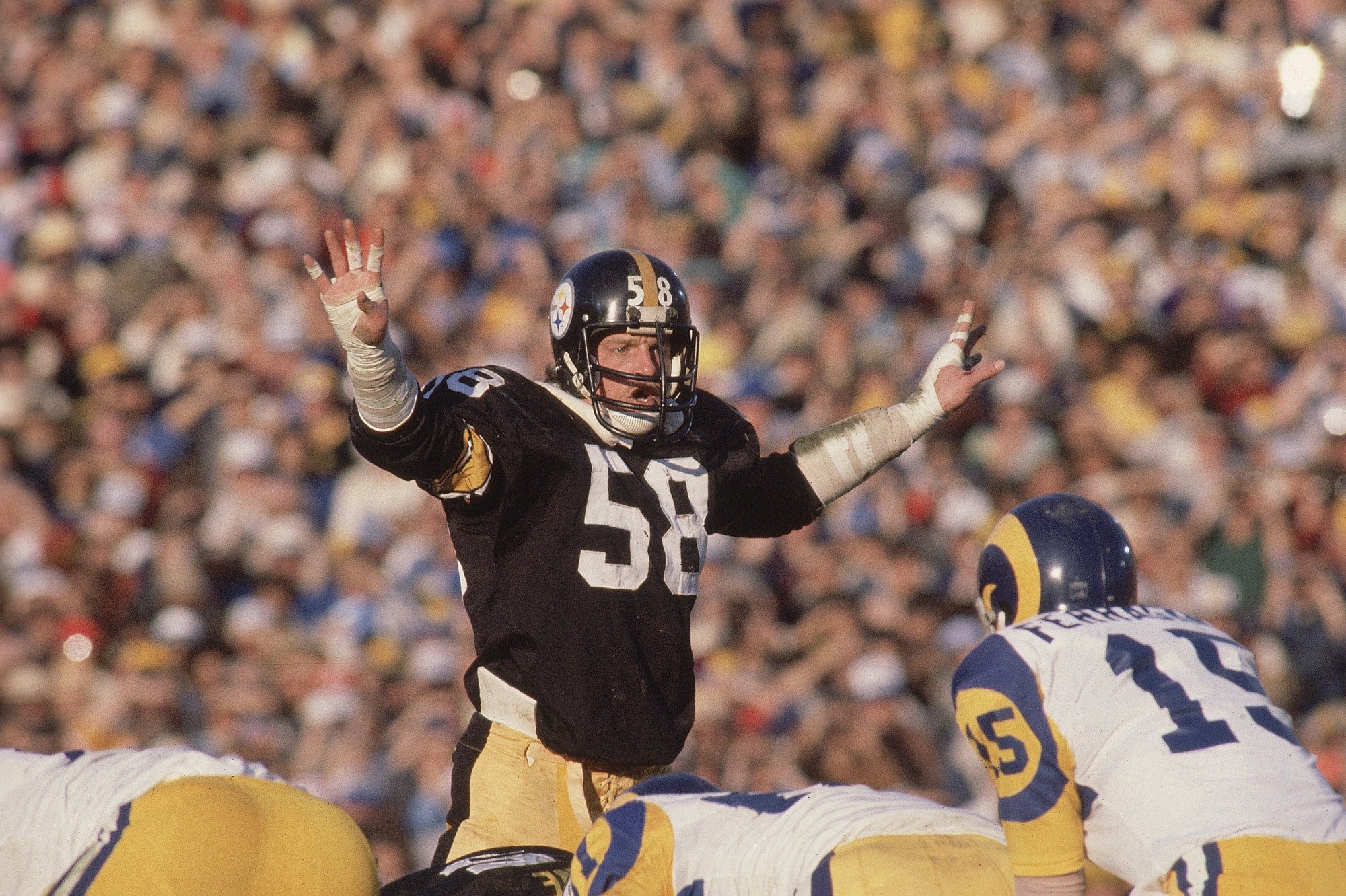
Pittsburgh Steelers Iron Curtain Defense led by Jack Lambert
The Pittsburgh Steelers’ “Steel Curtain” defense of the 1970s was legendary, forming the backbone of a dynasty that won four Super Bowls (IX, X, XIII, and XIV). Led by players like “Mean” Joe Greene, Jack Lambert, and Mel Blount, the defense was known for its ferocity, physicality, and tactical brilliance. Their dominance stifled opposing offenses, helping the Steelers earn a reputation as one of the toughest teams in NFL history. The defense’s role in key games, including holding opponents to low scores in Super Bowls, was essential to the team’s success and established the Steelers as a powerhouse of the decade. Getty Images / Nostalgic America, Inc.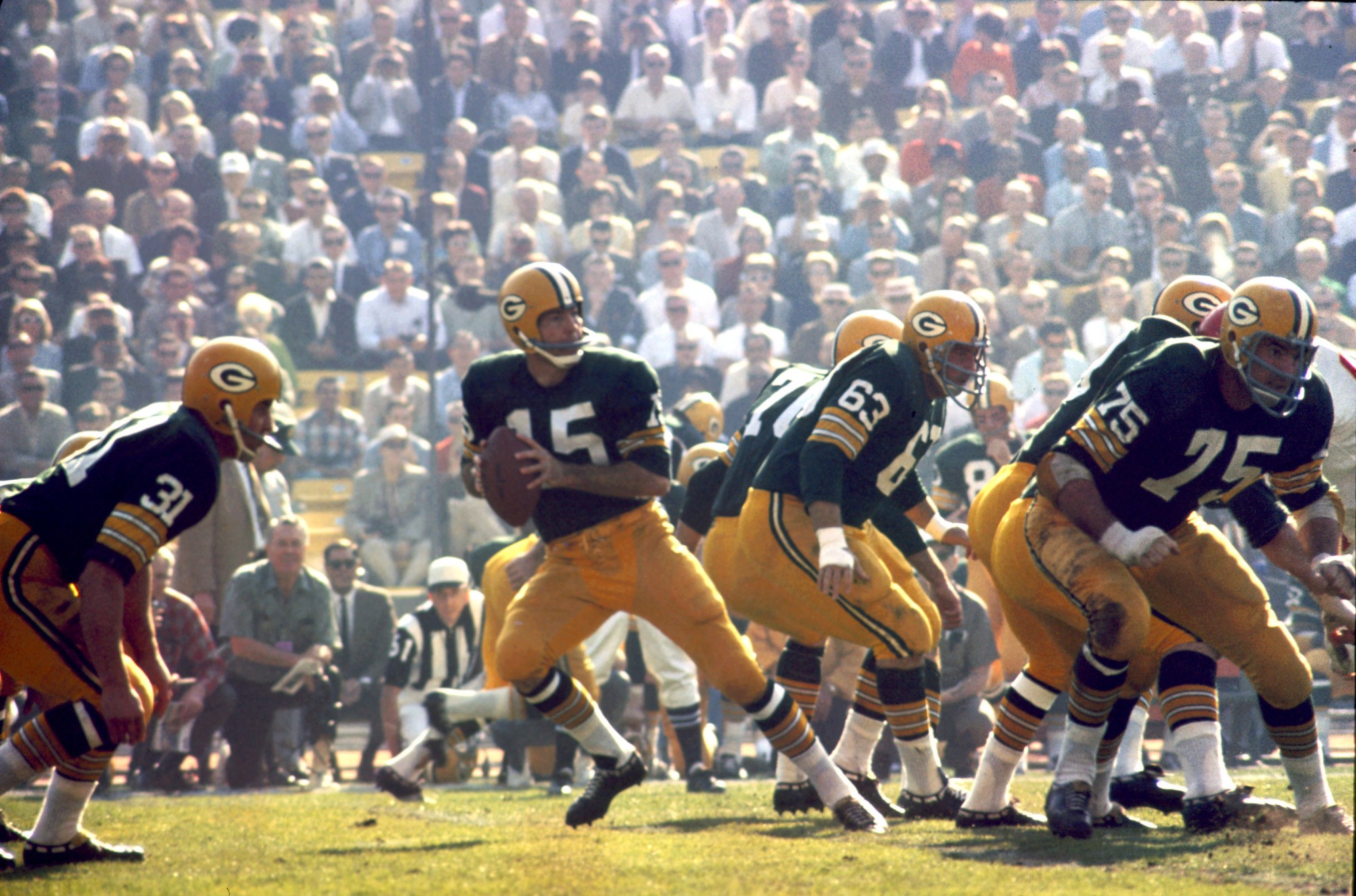
Bart Starr Leads Packers to Victory in Super Bowl I
Bart Starr, quarterback of the Green Bay Packers, was instrumental in securing victory in the first-ever Super Bowl (1967), leading his team to a 35-10 win over the Kansas City Chiefs. Starr’s leadership, precision passing, and calm under pressure earned him the game’s MVP. He completed 16 of 23 passes for 250 yards and two touchdowns, demonstrating the effectiveness of coach Vince Lombardi’s disciplined offense. Starr’s performance in Super Bowl I set the standard for future championship games and reinforced his legacy as a key figure in the Packers’ storied history and the broader history of professional football. Getty Images / Nostalgic America, Inc.